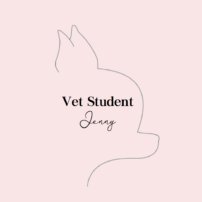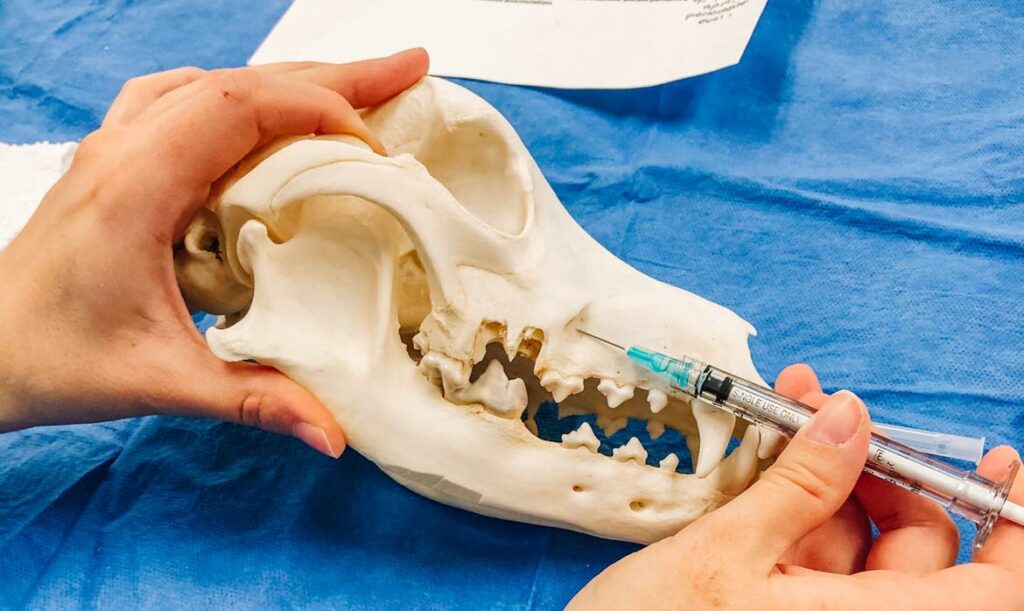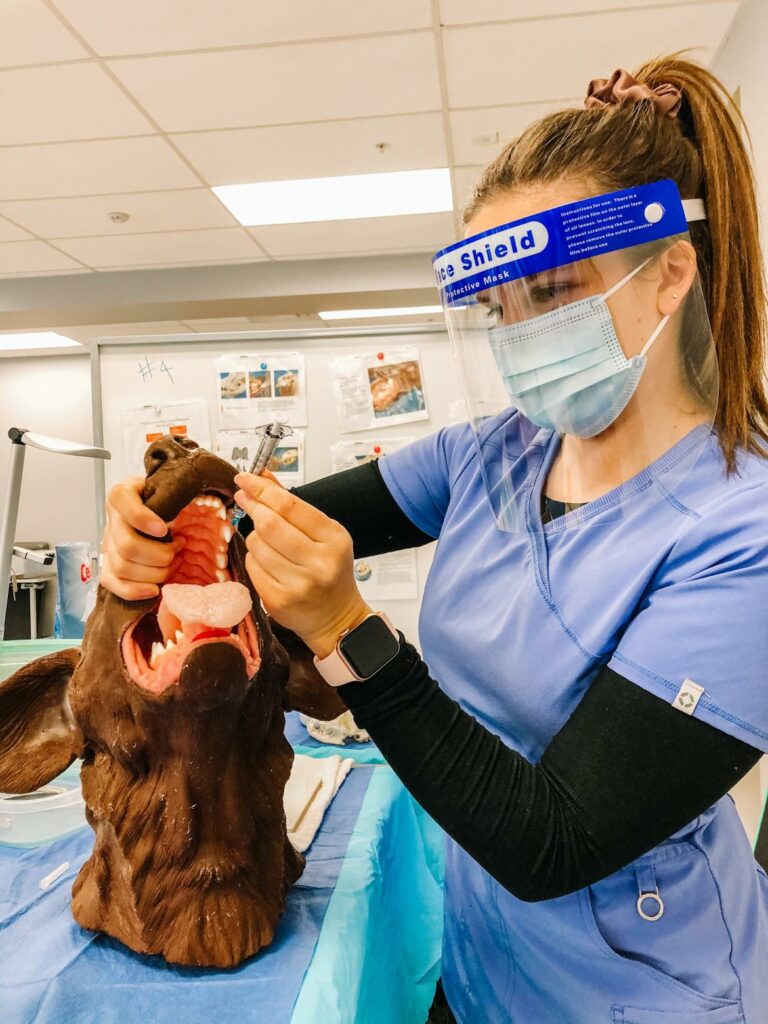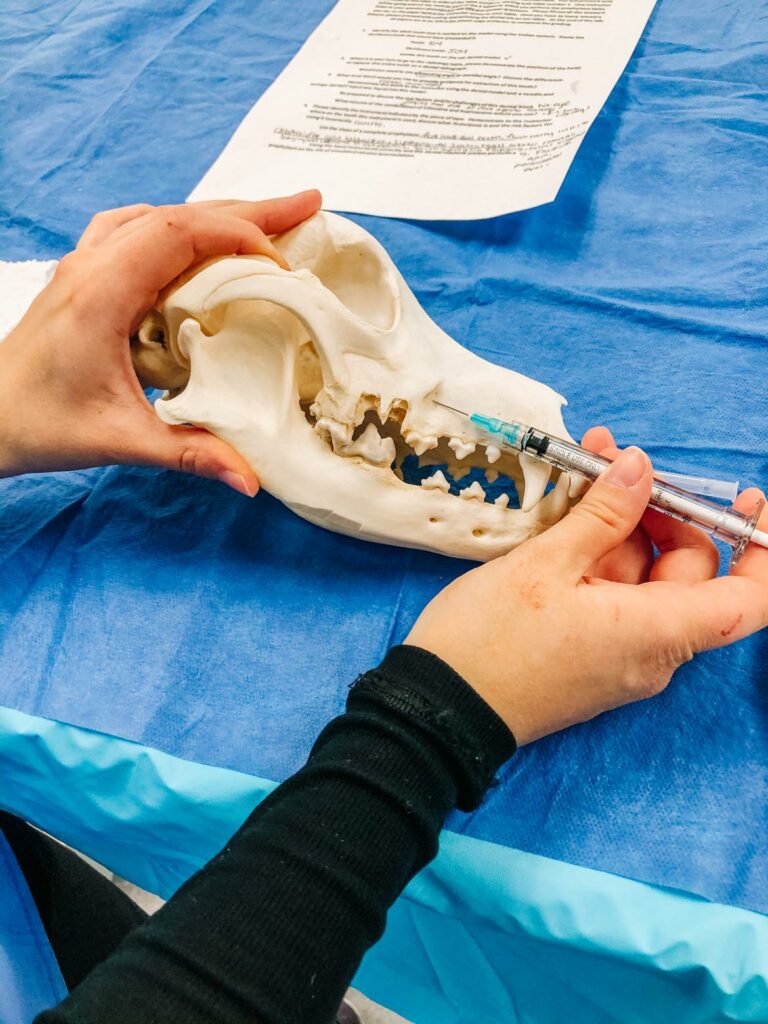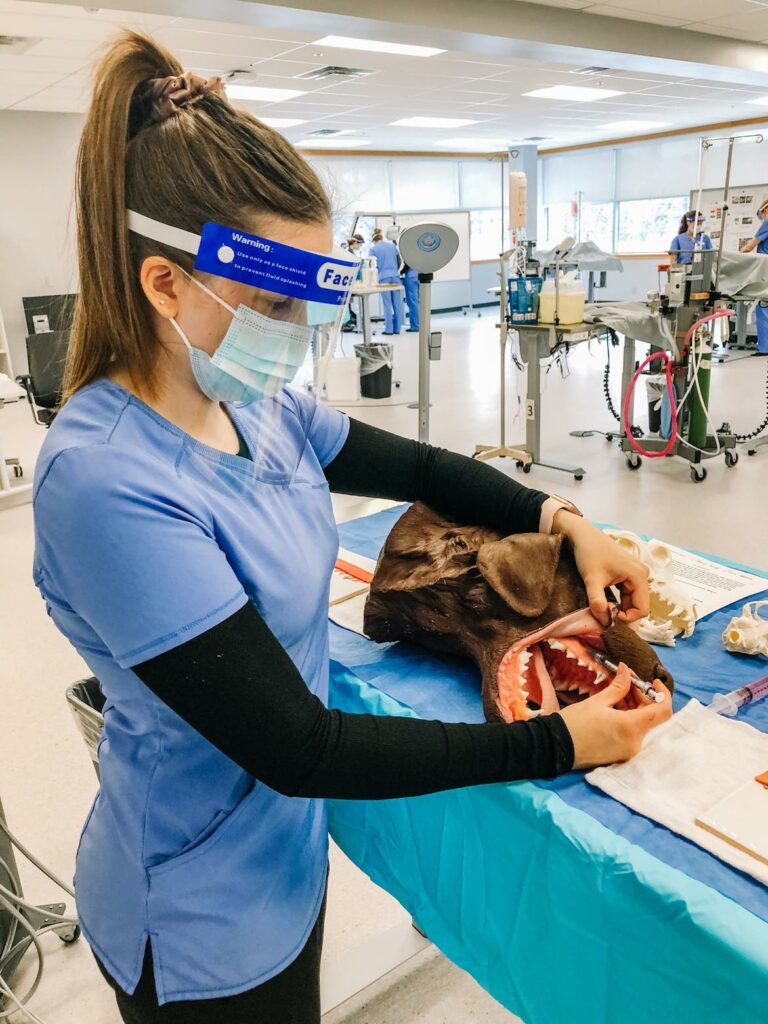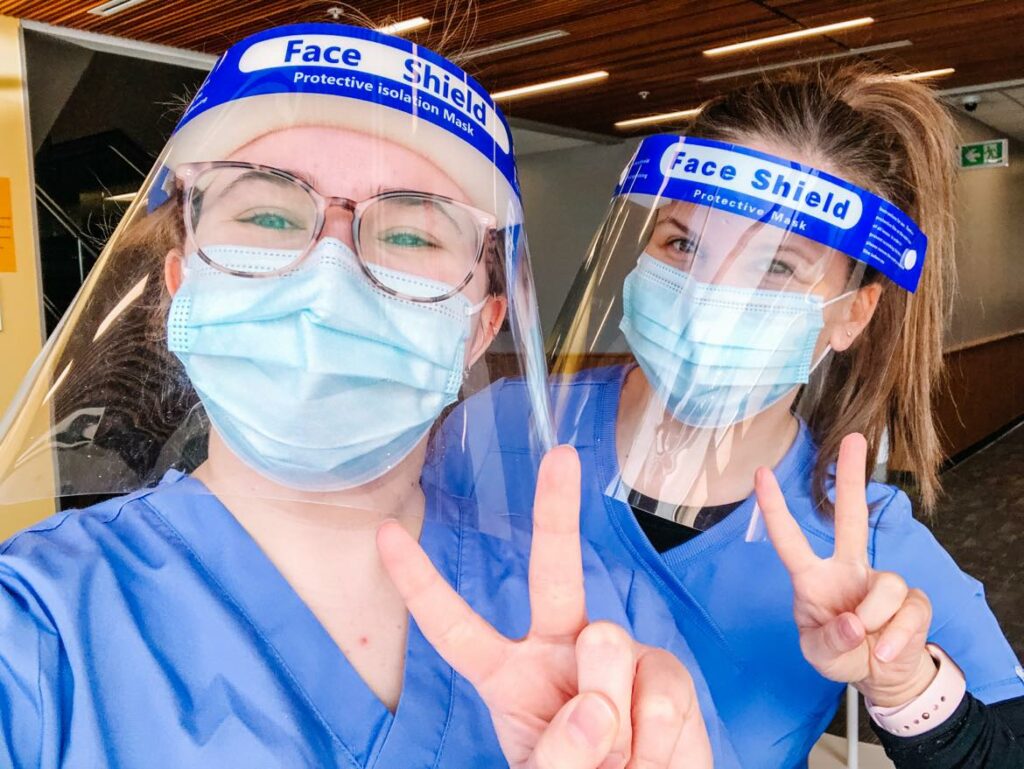
In vet school we have so many lectures, but also quite a few labs! Labs are important for us to be able to get hands on experience, beyond textbooks. In our dentistry lab we learned about the importance of oral health in animals! We were taught how to extract and clean teeth, as well as perform nerve blocks.
This lab was super fun! I love getting hands on experience. Personally, I don’t have much dental experience (yet!) so it was cool to use the dental equipment and start learning some new skills.
The Basics – Anatomy
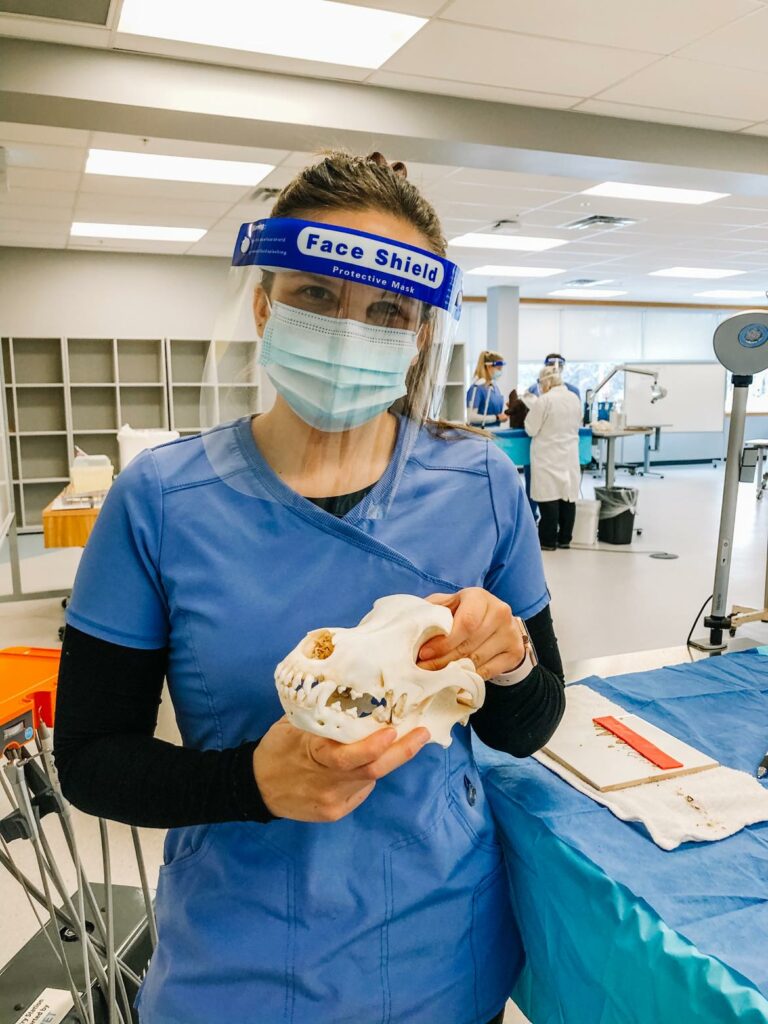
In order to be able to perform dental procedures, we need to know the anatomy of the entire skull! Although we learned anatomy in first year, they gave us a refresher on skull anatomy in this dentistry lab.
The mouth is divided into quadrants, two on top and two on the bottom. Each tooth is numbered according to it’s location, pictured below. We used the skull models to help visualize each quadrant, tooth and nerve fossa.
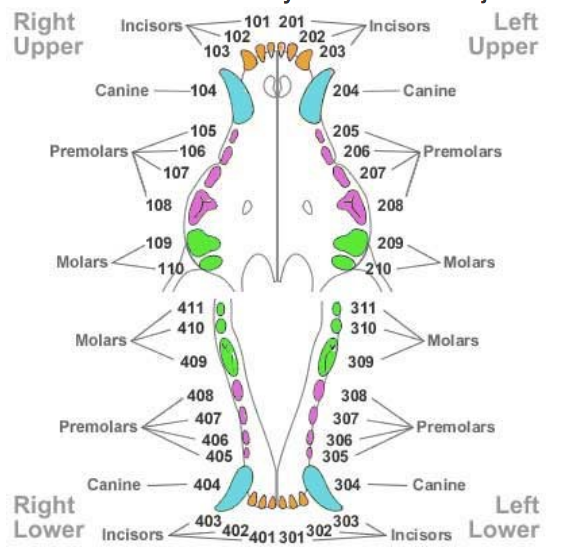
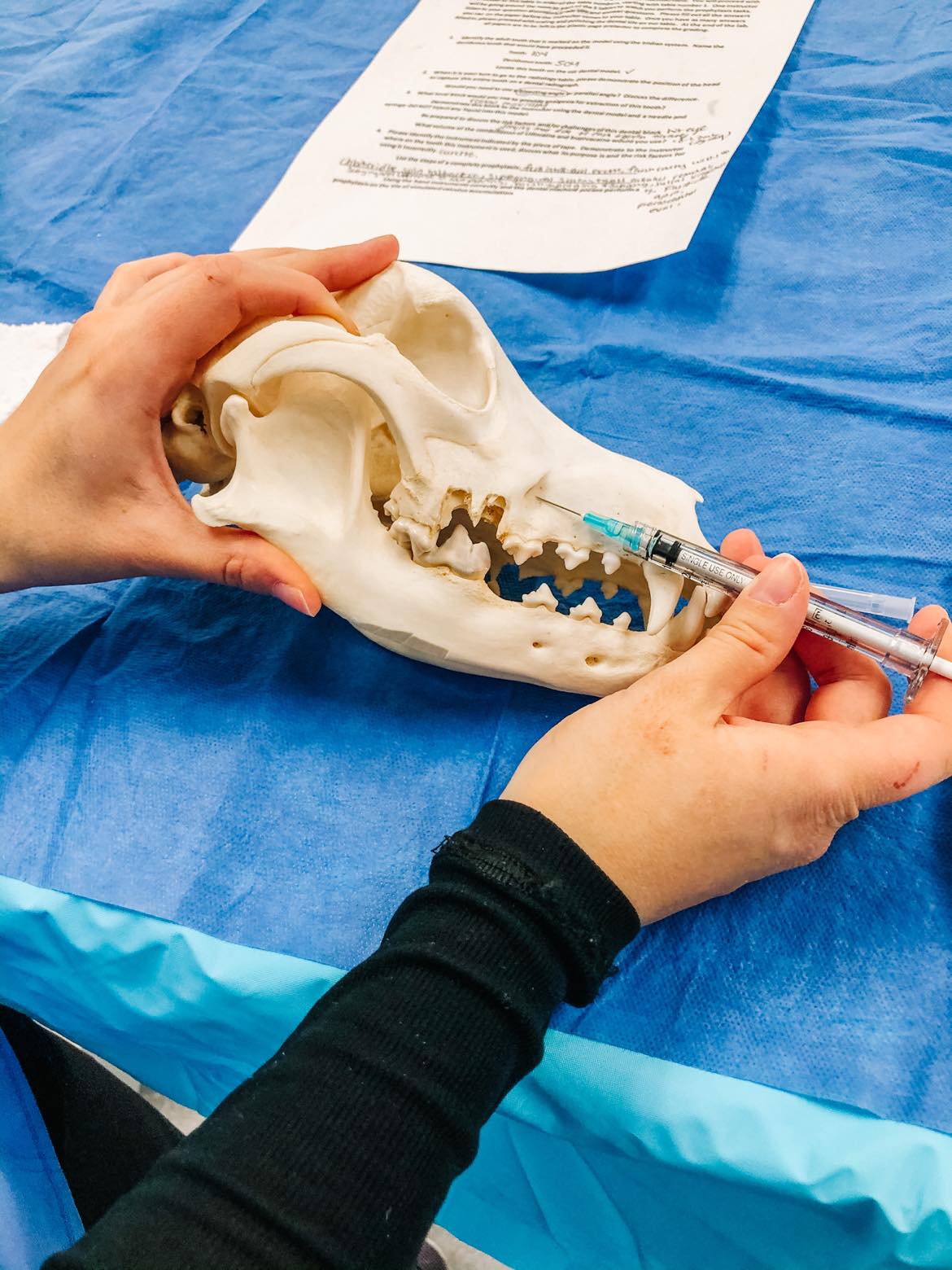
Nerve Blocks
In order to extract teeth, or provide invasive dental care, nerve blocks are used! This means that anesthesia is injected locally near a nerve to prevent block the nerve from conducting pain signals. This gives the patient pain relief! Using these blocks also allows us to use less inhalant anesthesia, which makes the procedure safer for the patient. In order to do a nerve block, you have to know your anatomy (it always comes back to haunt us!). During this lab we learned exactly where to inject the anesthesia to provide nerve blocks. In a real patient, you can palpate (feel) the infraorbital foramen (where the needle is in the middle photo below) and use that as a landmark to guide where you inject the anesthesia. This is called the rostral maxillary block and is one of the many nerve blocks that can be done.
Nerve block: Utilizing anesthesia to prevent nerve conduction, providing pain relief.
Dental Equipment
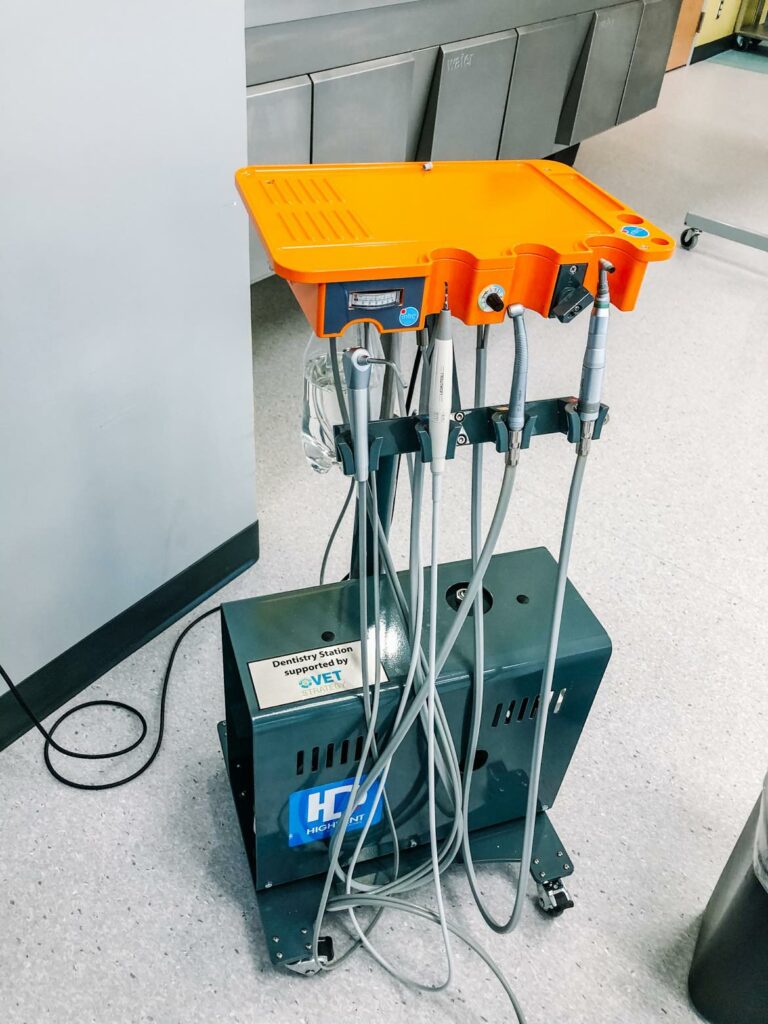
Performing a dentistry on a pet, is pretty similar to humans as we use the same equipment! During this lab we were able to familiarize ourselves with this equipment. We used it to clean and extract teeth from our model.
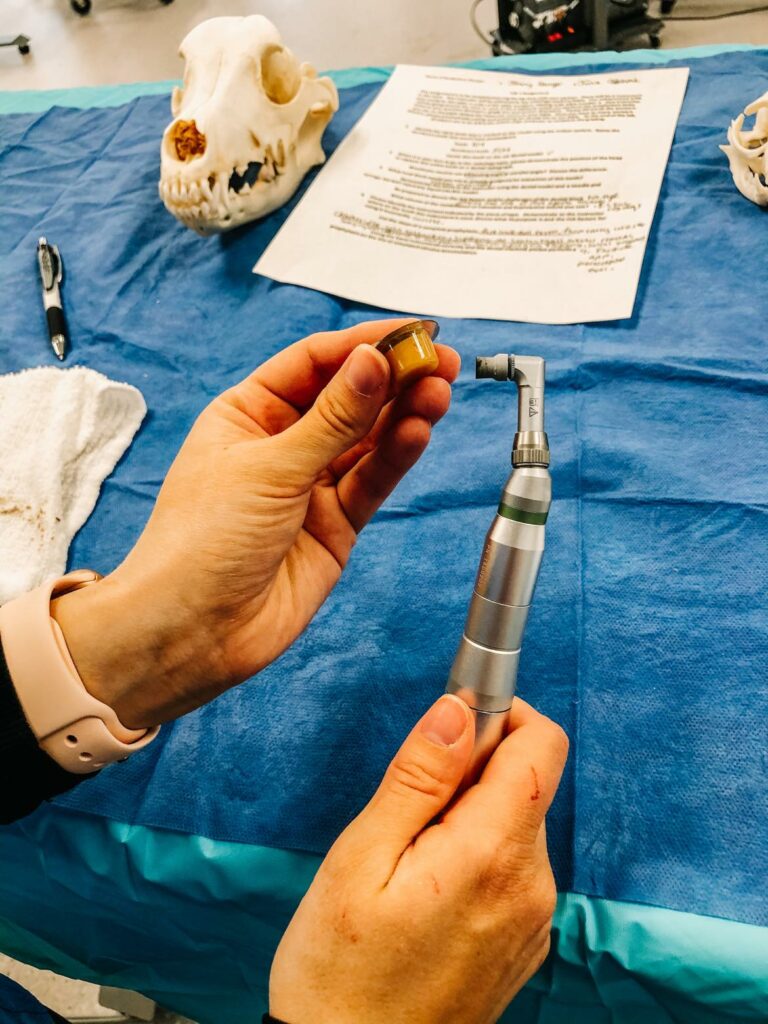
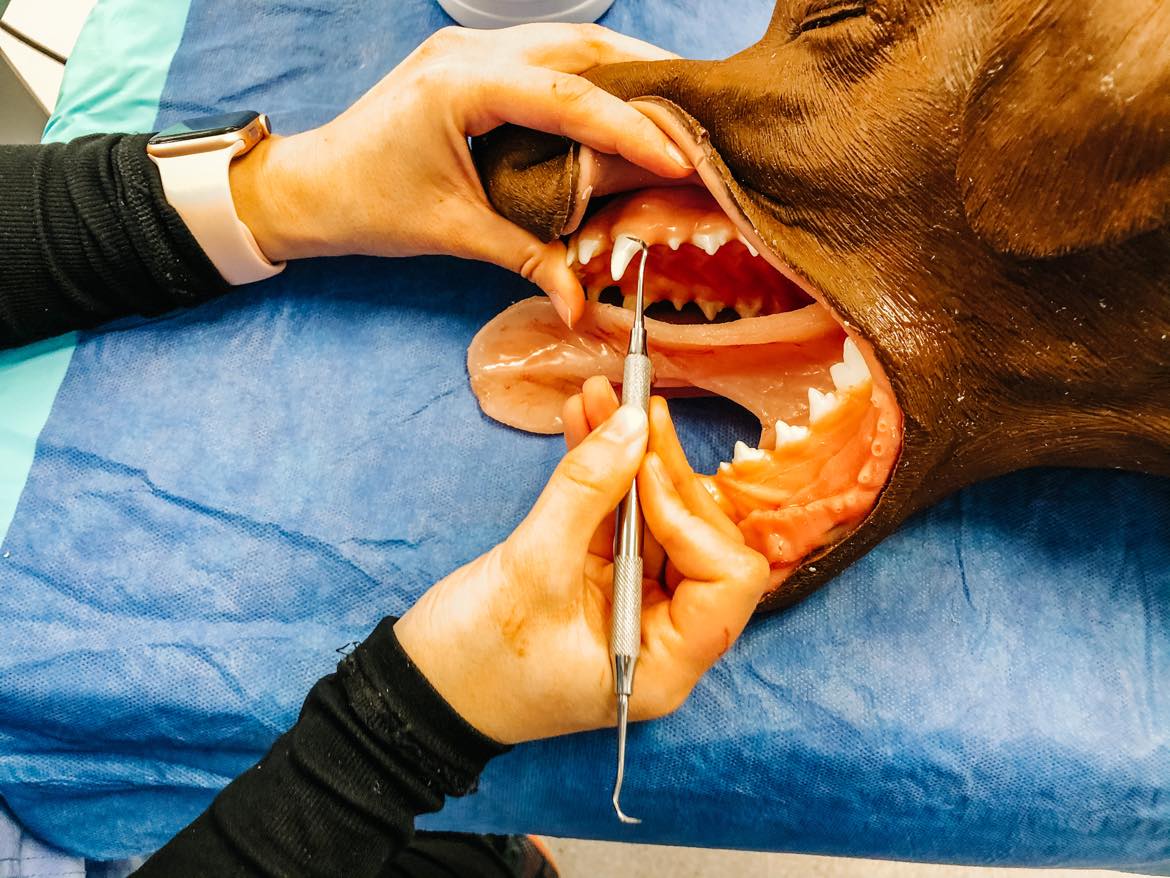
Teeth Cleaning
The main reason for doing a dentistry is of course, to clean the teeth! We learned how to scale and polish teeth during this lab by using a model. This model is a little bit different though- it was a tile! No seriously, a floor tile. They adhered grout to a tile, to mimic tartar on teeth (the tile). The red rubber was used to represent the gum line. We used the electric scaler to remove the “tartar” from the “teeth”. It sounds silly, but it was a pretty fun way to become familiar with the tools.
Once we removed the “tartar” we used the polisher to polish the “teeth”, just like we would in an actual patient!
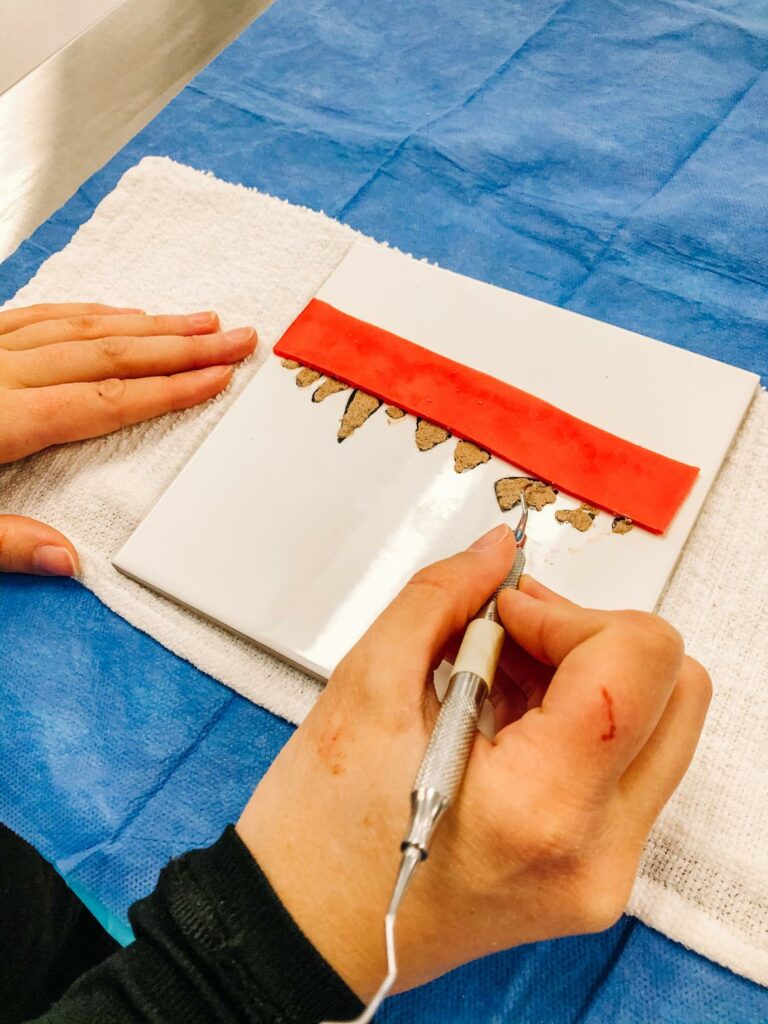
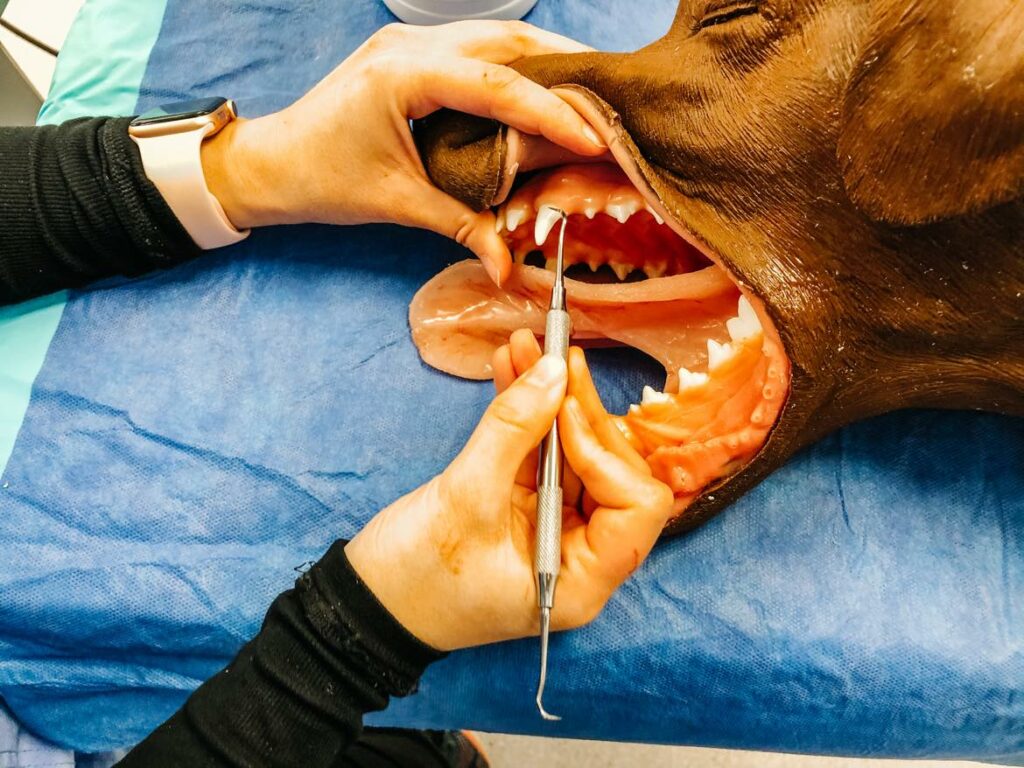
Dental Extraction
While doing dental cleanings, often times there are teeth that need to be removed. We learned the steps of extraction during this lab and to be honest- there are a lot of steps if it is a multi rooted tooth! To learn this skill, we practiced on our model, which is a fake dog with fake teeth.
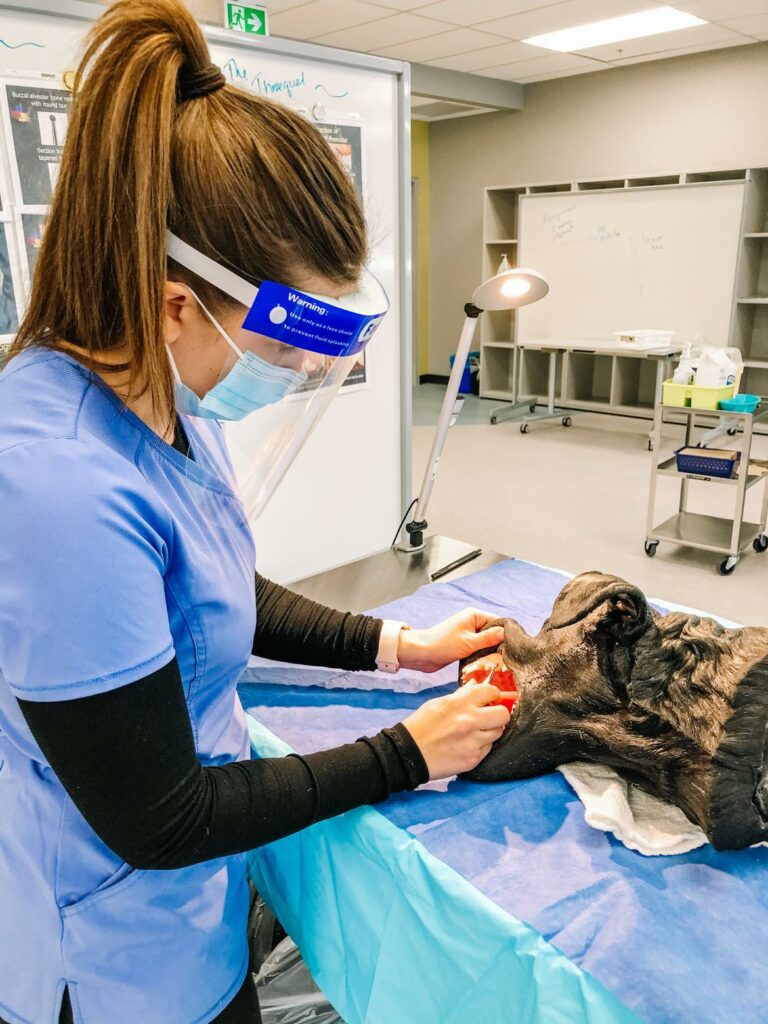
Using the elevator to help extract a tooth 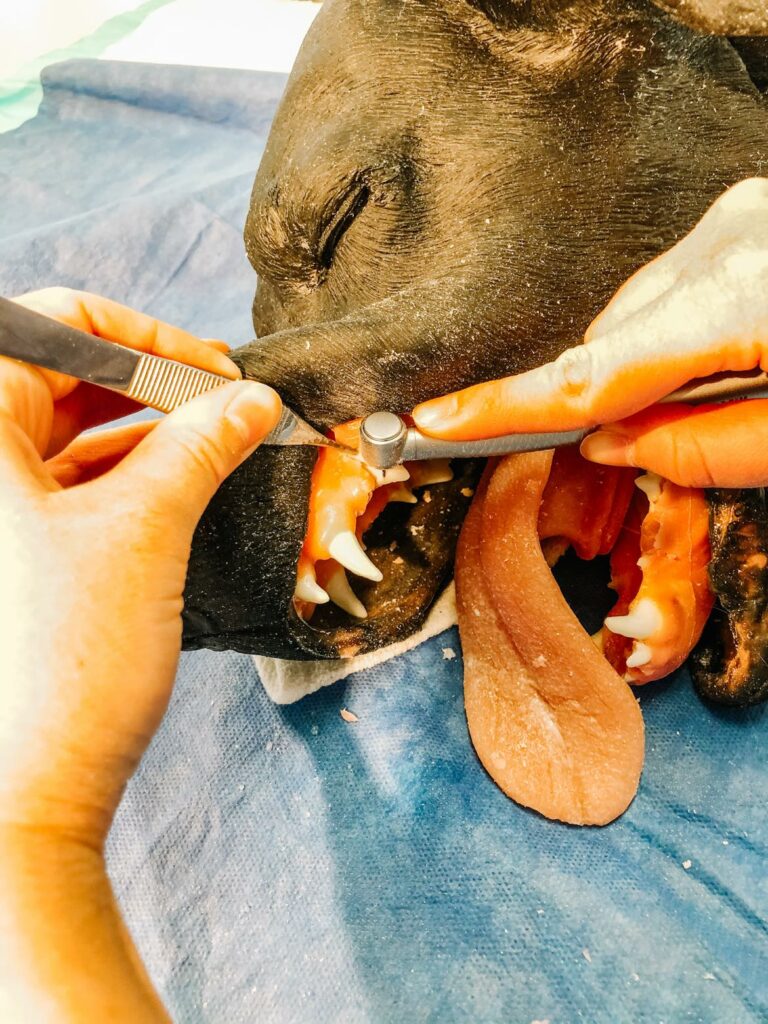
Cutting a multi-rooted tooth to extract it 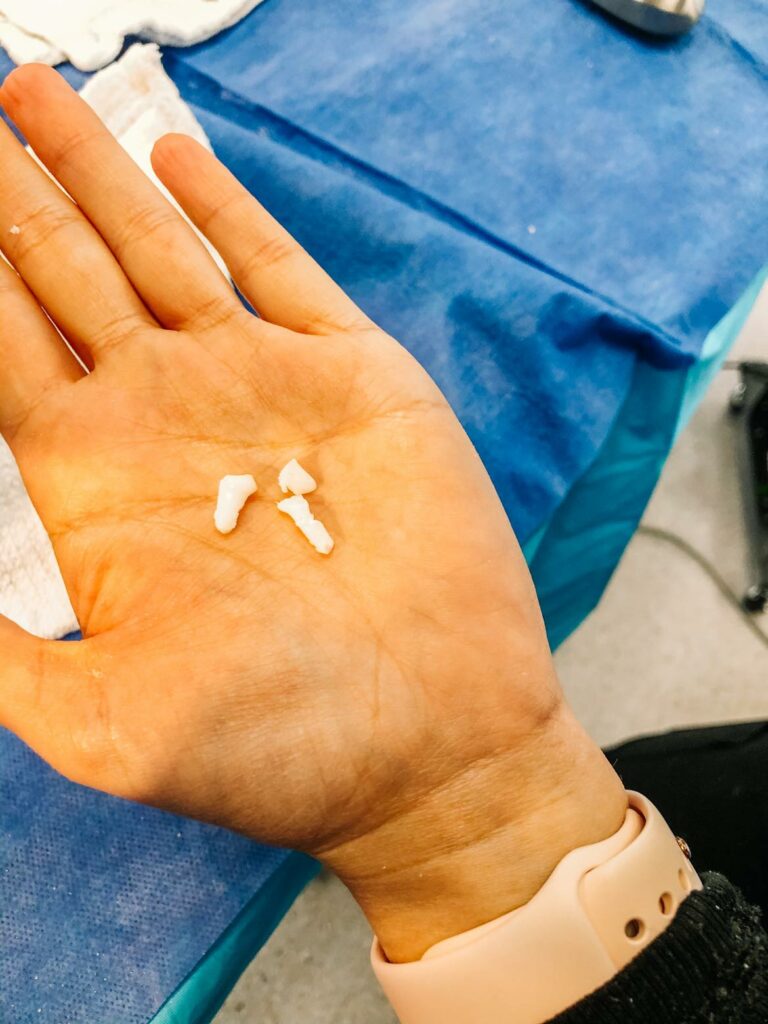
The “teeth” we extracted! 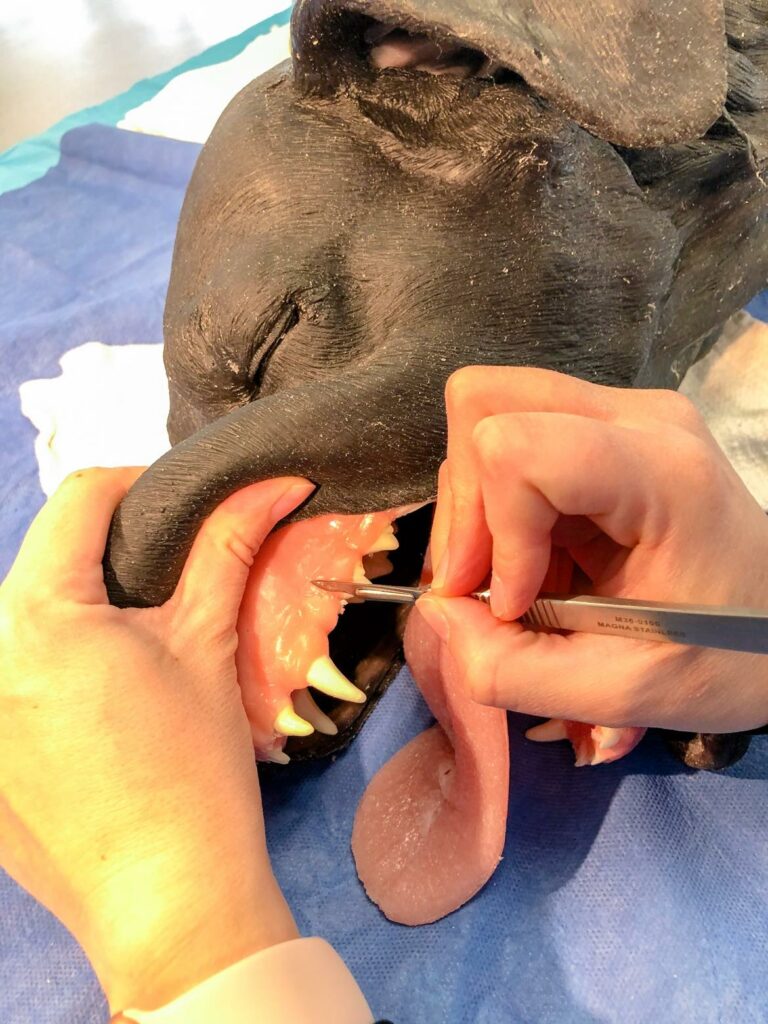
Cutting the gum line to begin the process of extraction and to create gum flaps 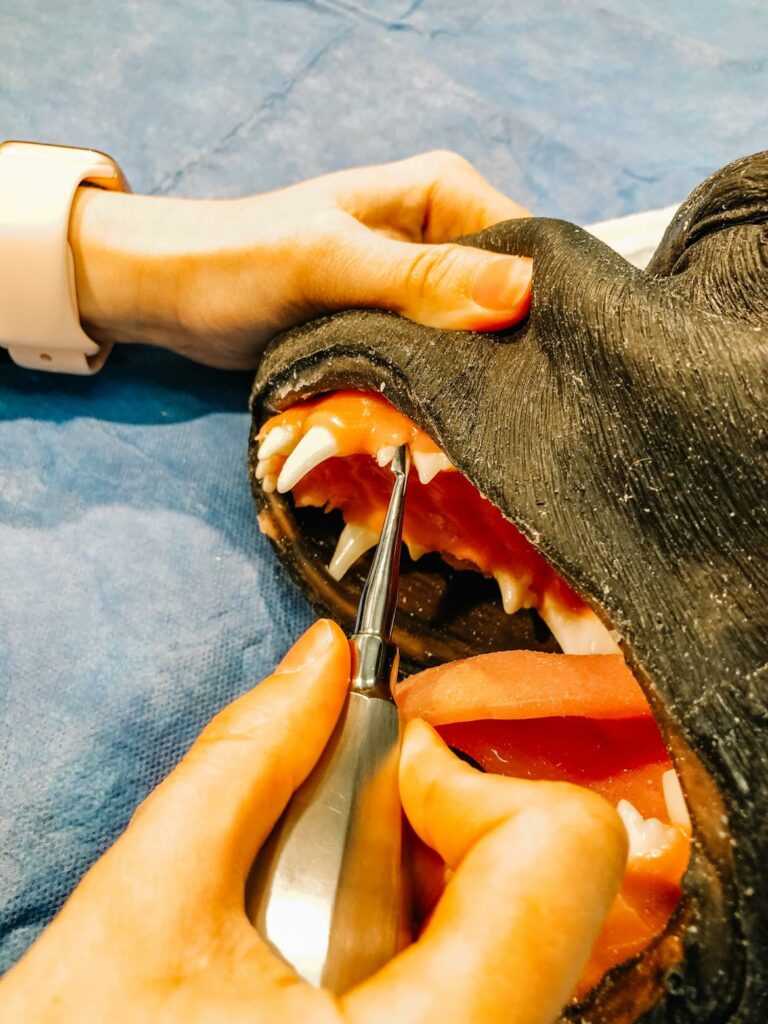
Using the elevator to help extract the tooth
Beyond all of these cool skills we learned in this dentistry lab, we also got to practice taking dental x-rays too! X-rays are very important to determine what is going on beneath the gum line. This way the roots can be visualized, to determine if the integrity of the tooth has been compromised.
Overall, these labs are pretty fun. Since school was online this year it was nice to be able to go to campus and learn alongside friends again. These labs certainly aren’t long enough to be able to develop these skills but it’s a start!
